A pedicure isn’t just about beautifying the nails, it’s also about relaxing and refreshing our feet, body, and soul. In pregnancy, pedicure can be a much-needed break, as the extra weight often leads to foot discomfort. However, safety for both mother and child is paramount, necessitating certain precautions.
Pregnancy is not only a time of significant change and joy but it also brings various physical challenges. While preparing and adjusting to new lifestyles, we often neglect our self-maintenance. However, maintaining a self-care routine, especially foot care, is crucial during pregnancy.
During pregnancy, many women experience swelling and discomfort in their feet, leading to various frustrations, desires, and fears. The following table outlines some of the common issues pregnant women face due to foot swelling and discomfort.
| # | Frustrations | Desires | Fears |
| 1 | Difficulty walking | Comfort and ease of movement | Permanent mobility issues |
| 2 | Inability to wear favorite shoes | Ability to wear comfortable footwear | Long-term damage to feet |
| 3 | Constant pain and discomfort | Relief from pain and swelling | Chronic foot pain post-pregnancy |
| 4 | Limited mobility | Freedom to move around freely | Complications affecting the baby |
| 5 | Trouble sleeping | A good night’s rest | Insomnia affecting overall health |
| 6 | Increased stress | Relaxation and stress relief | Stress impacting the baby’s health |
| 7 | Difficulty performing daily tasks | Ease in performing daily activities | Dependency on others |
| 8 | Lack of proper foot hygiene | Maintaining good foot hygiene | Risk of infections or other foot issues |
Pedicures can play a crucial role in alleviating many of these issues. Comfortable, well-maintained feet can significantly improve mobility, reduce stress, and enhance overall well-being during pregnancy. Furthermore, the pampering aspect of pedicures can boost mood and provide a sense of normalcy amidst the many changes that come with pregnancy.
In this blog we will explore the do’s and don’ts of pedicures during pregnancy, providing guidelines to ensure a safe and relaxing experience.
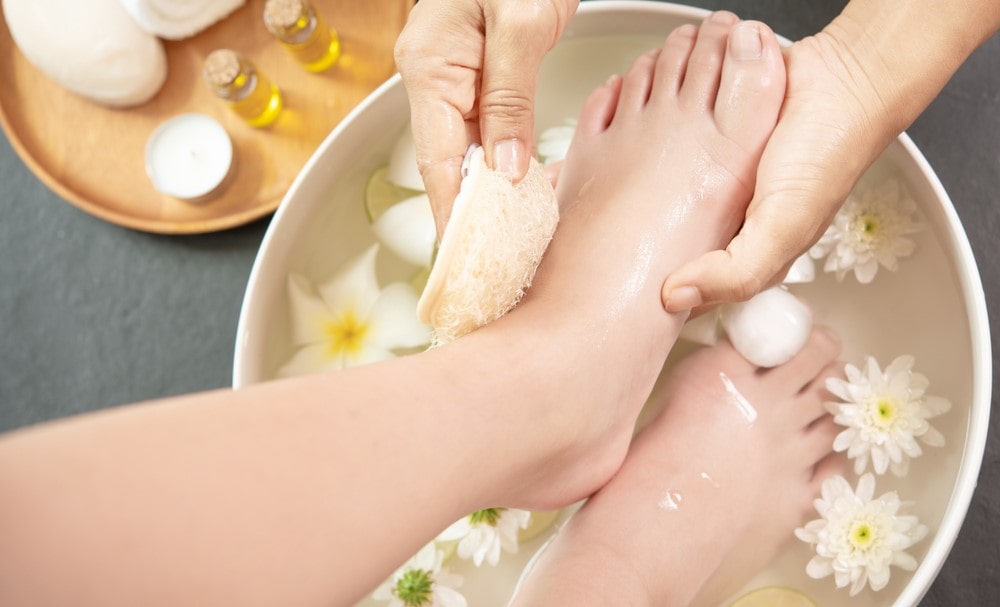
The Do’s of Pregnancy Pedicures
Choose a reputable salon or spa
When selecting a salon or spa for your pedicure, it’s essential to prioritize cleanliness and hygiene. Look for salons or spas that maintain high standards of cleanliness and sterilization. Ensure that they use clean, properly sanitized tools and equipment for each client. This helps reduce the risk of infections, which is particularly important during pregnancy when your immune system may be more vulnerable.
Inform your nail technician
Once you’ve chosen a salon or spa, inform your nail technician that you’re pregnant. This allows them to take any necessary precautions and make adjustments to accommodate your needs. Your technician should be aware of your pregnancy so they can avoid using certain products or techniques that may not be safe during this time. They may also be able to offer recommendations for pregnancy-safe products and treatments.
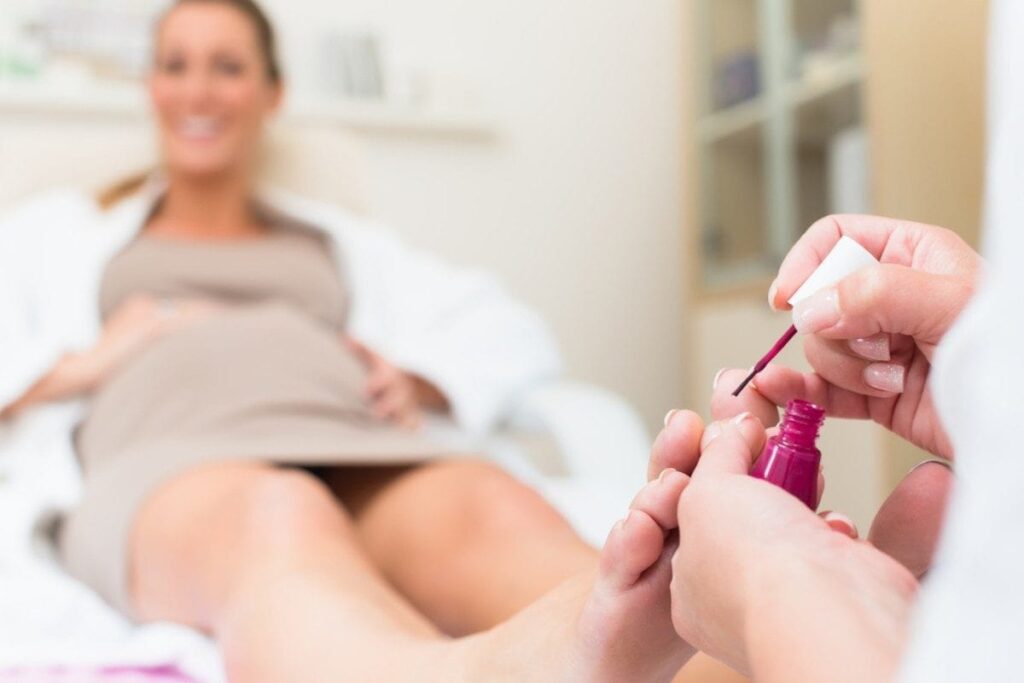
Opt for water-based nail polish
According to Walnut Hill OBGYN While traditional nail polishes are considered safe during pregnancy, experts suggest avoiding gel polishes and manicures. The effects of gel manicures during pregnancy haven’t been widely studied, and the ultraviolet lights used to set the gel are something you want to avoid while pregnant.
To be safe, consider opting for water-based nail polish or ask for nail polish that is free from any harmful substances. Water-based polishes are generally considered safer alternatives during pregnancy.
Request a gentle massage
Swollen feet and ankles are common during pregnancy, a gentle foot massage can provide much-needed relief. During your pedicure session, request a gentle massage to help alleviate swelling and discomfort in your feet and lower legs. A skilled technician can use light pressure and soothing techniques to promote better circulation and reduce tension.
Take breaks and listen to your body
Pregnancy can be physically demanding, so it’s essential to listen to your body and take breaks as needed during your pedicure session. If you start to feel uncomfortable or experience any unusual symptoms, don’t hesitate to speak up or take a break. Your comfort and well-being should always be the top priority, so feel free to communicate any concerns or preferences to your nail technician.
The Don’ts of Pregnancy Pedicures
Avoid prolonged soaking in hot water
While a foot soak can be relaxing, it’s essential to avoid prolonged soaking in hot water during pregnancy. Hot water can raise your body temperature, potentially leading to overheating, which is not safe for you or your baby. Instead, opt for a brief foot soak in lukewarm water or ask for a cool water soak to help soothe swollen feet without increasing your body temperature.
Avoid harsh nail polish removers
Many nail polish removers contain harsh chemicals like acetone, which can emit strong fumes that may be harmful when inhaled, especially during pregnancy. These fumes can potentially irritate your respiratory system and may even pose risks to your baby’s development. To minimize exposure to harmful chemicals, ask for acetone-free nail polish removers or look for gentler alternatives that are safe for use during pregnancy.
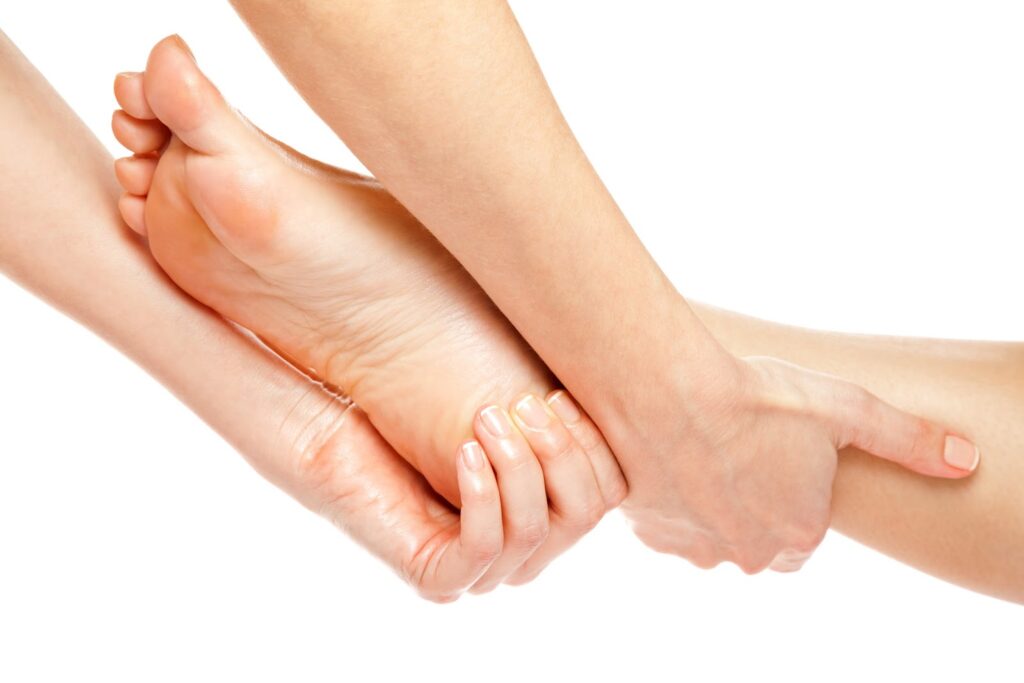
Skip deep tissue massage
While massage can be beneficial during pregnancy, certain techniques like deep tissue massage or reflexology on pressure points believed to induce labor should be avoided. These techniques can potentially stimulate contractions and trigger preterm labor, especially if you’re nearing your due date. Stick to gentle, relaxing massage techniques that promote circulation and relaxation without targeting specific pressure points associated with labor induction.
Stay away from strong chemical odors
Pregnancy can make you more sensitive to strong smells, including those from chemical products like nail polish, acrylics, and nail polish removers. Strong chemical odors can be overwhelming and may trigger nausea, headaches, or other discomforts, which are common pregnancy symptoms. If you find the smell of certain products bothersome, consider stepping outside for some fresh air or asking for the salon to provide better ventilation during your pedicure session.
Avoid aggressive cuticle trimming
Cutting or trimming your cuticles too aggressively can increase the risk of infection, especially during pregnancy when your immune system may be compromised. Instead of cutting your cuticles, gently push them back using a cuticle pusher or ask your nail technician to do so using sanitized tools. This helps maintain the health of your nail beds and reduces the risk of injury or infection.
Don’t hesitate to ask questions or voice concerns
Your safety and well-being are paramount during pregnancy, so don’t hesitate to ask questions or voice any concerns you may have about the safety of certain products or procedures during your pedicure. Your nail technician should be knowledgeable about pregnancy-safe practices and be willing to accommodate your needs and preferences. If you’re unsure about the safety of a particular product or treatment, we suggest you stay away from it.
Understanding Pedicure Safety During Pregnancy
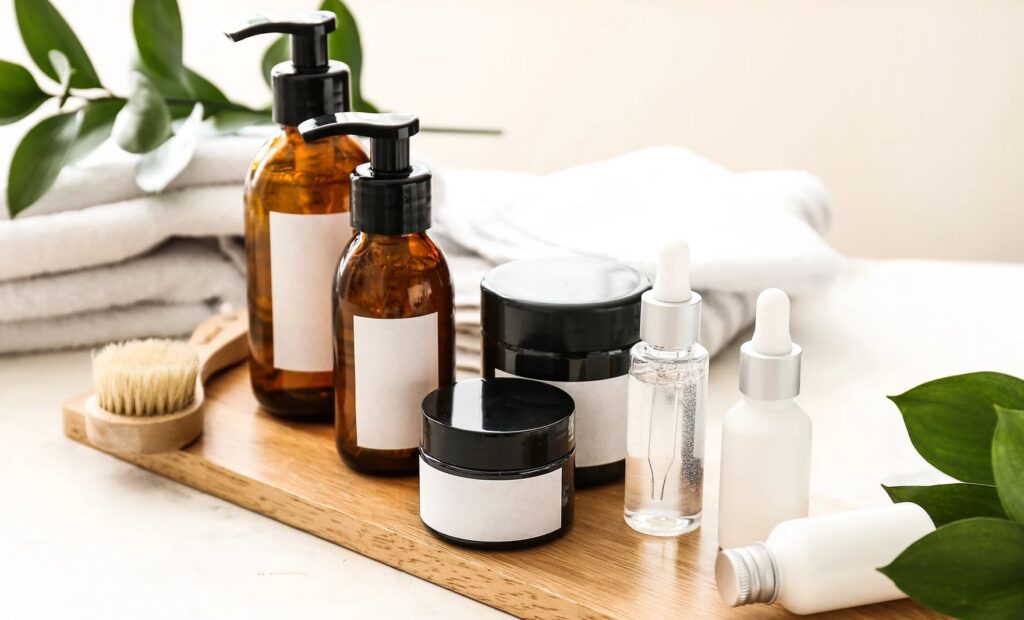
Chemical Concerns
One of the primary concerns with pedicures during pregnancy is exposure to chemicals. Nail products often contain compounds that can be harmful in large amounts. However, occasional exposure in well-ventilated areas is generally considered safe. To minimize risks, pregnant women should opt for nail products free from the ‘toxic trio’—dibutyl phthalate, toluene, and formaldehyde—and other harmful chemicals. Many brands now offer “3-free” or “5-free” options.
what is 3-free or 5-free nail polish?
3-free and 5-free refer to the number of chemicals a nail polish is free from. It’s a way to identify potentially less harsh nail polishes.
3-free
This means the polish doesn’t contain the following three chemicals often considered harmful:
Formaldehyde: A preservative that can cause skin irritation and respiratory problems.
Toluene: A solvent that can affect the nervous system.
Dibutyl Phthalate (DBP): A plasticizer that may disrupt hormones.
5-free
This means the polish doesn’t contain the following five chemicals often considered harmful:
Formaldehyde: A preservative that can cause skin irritation and respiratory problems.
Toluene: A solvent that can affect the nervous system.
Dibutyl Phthalate (DBP): A plasticizer that may disrupt hormones.
Formaldehyde Resin: A binder that can cause allergic reactions.
Camphor: A hardening agent that can dry out nails and cause yellowing.
In short: 3-free is a good starting point, but 5-free offers a bit more protection from potentially harmful chemicals.
Physical Safety
The physical process of a pedicure, including soaking, trimming, and massaging, is typically safe, but some precautions should be taken.
Gentle Massage: Avoid deep massage, especially on specific pressure points that could induce contractions.
Sterilization: Ensure tools are properly sterilized to prevent infections, as pregnant women are more susceptible due to a slightly suppressed immune system.
Ventilation: Choose salons with good ventilation to avoid inhaling fumes that might be more irritating during pregnancy.
Foot Baths in Pregnancy
Foot baths can harbor bacteria if not cleaned properly. Pregnant women should avoid whirlpool foot baths unless the cleaning standards are guaranteed. An alternative is using a freshly cleaned basin with warm water.
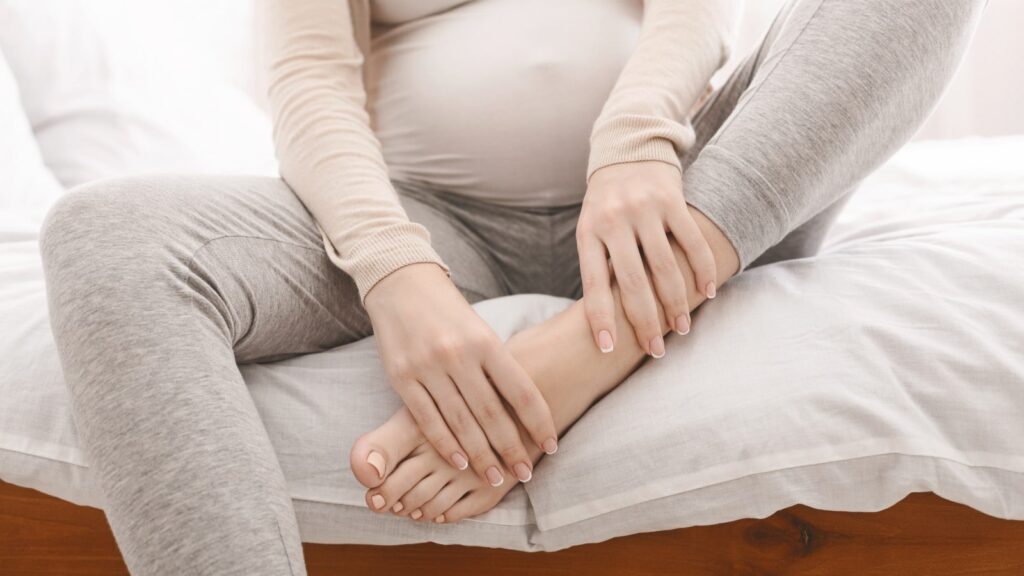
At Home Pedicure in Pregnancy
Hire a Professional Pedicurist for At-Home Pampering
Pregnancy can sometimes make even simple outings feel like a chore. Fortunately, you can still indulge in a luxurious pedicure experience without leaving the comfort of your home. Hiring a pedicurist from a reputable salon to provide an in-home session offers convenience and relaxation, especially when going outside seems daunting.
Convenience: With the physical discomforts and fatigue that often accompany pregnancy, the idea of getting dressed and traveling to a salon may seem overwhelming. Hiring a pedicurist to come to your home eliminates the need for travel, allowing you to enjoy the pampering experience without added stress.
Comfort: Being in familiar surroundings can enhance relaxation during your pedicure session. You can lounge in your favorite chair, play soothing music, and create a serene ambiance to make the experience even more enjoyable.
Personalized Attention: When you hire a pedicurist for an at-home session, you receive personalized attention tailored to your needs. You can communicate any preferences or concerns directly with the pedicurist, ensuring a customized experience that prioritizes your comfort and safety.
Avoiding Strong Smells: Pregnancy can heighten your sense of smell, making the strong scents commonly found in salons overwhelming and unpleasant. By bringing the pedicure experience into your home, you can control the environment and avoid exposure to strong odors that may trigger discomfort or nausea.
Safety: Bringing a pedicurist into your home allows you to ensure the cleanliness and hygiene of the environment. You can verify that the tools and equipment used are properly sanitized, minimizing the risk of infections or allergic reactions.
DIY Pedicure for Self-Care at Home
In case you prefer doing things yourself or want to save some money, a DIY pedicure is a fantastic option during pregnancy. Here’s how to create your own spa-like experience at home:
Gather Supplies: Start by gathering all the necessary supplies, including a foot bath or basin, nail clippers, cuticle pusher, nail file, foot scrub, moisturizer, and nail polish.
Prepare Your Space: Find a comfortable spot where you can relax and set up your supplies. Consider playing soothing music or lighting candles to enhance the ambiance.
Soak Your Feet: Fill a foot bath or basin with warm water and add a few drops of essential oil for a luxurious touch. Soak your feet for 10-15 minutes to soften the skin and relax your muscles.
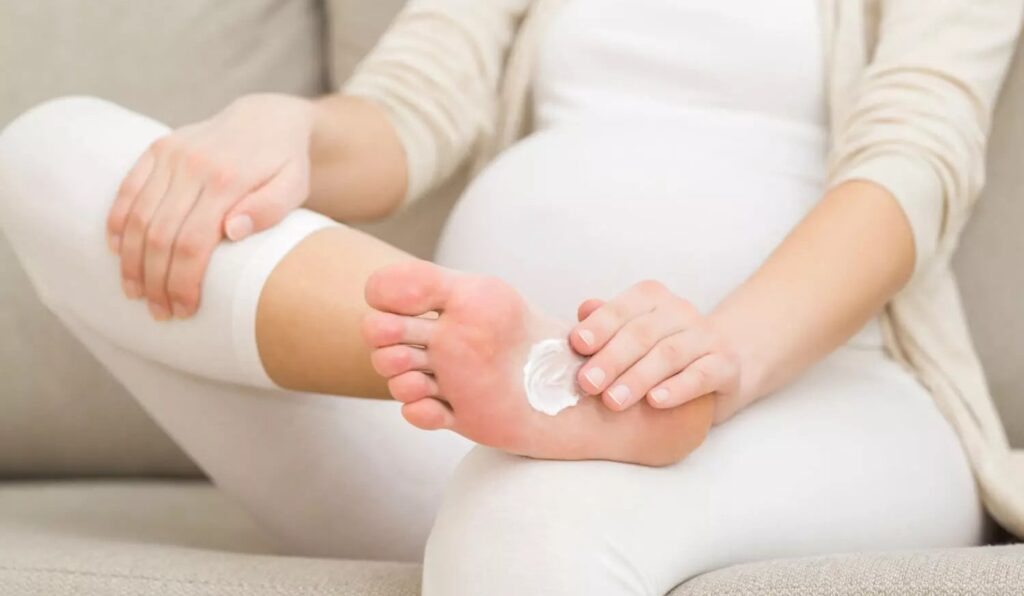
Exfoliate and Moisturize: Use a foot scrub to gently exfoliate your feet, focusing on rough areas like heels and calluses. Rinse off the scrub and pat your feet dry before applying a rich moisturizer to hydrate your skin.
Nail Care: Trim your nails to your desired length and shape them using a nail file. Gently push back your cuticles using a cuticle pusher or orangewood stick, being careful not to cut them.
Polish and Pamper: If you choose to paint your nails, apply a base coat followed by your favorite nail polish color. Allow the polish to dry completely before applying a top coat for added shine and longevity.
Relax and Enjoy: Take this time to relax and pamper yourself. Close your eyes, take deep breaths, and enjoy the sensation of soft, well-groomed feet.
Whether you choose to hire a pedicurist for an at-home session or opt for a DIY pedicure, both options offer a wonderful opportunity for self-care and relaxation during pregnancy. Choose the option that best fits your preferences and needs, and enjoy the benefits of a soothing pedicure experience at home.
Conclusion
Pedicures during pregnancy can be a delightful and soothing part of self-care, as long as safety measures are taken. Understanding the do’s and don’ts, from choosing non-toxic products to avoiding deep massages and ensuring a clean and well-ventilated environment, is essential for a safe pedicure experience. Whether opting for a professional salon visit or a relaxing at-home session, pregnant women can enjoy the benefits of a pedicure with confidence and peace of mind. The journey of pregnancy is unique and special, and incorporating safe beauty routines can enhance the overall well-being of expectant mothers.

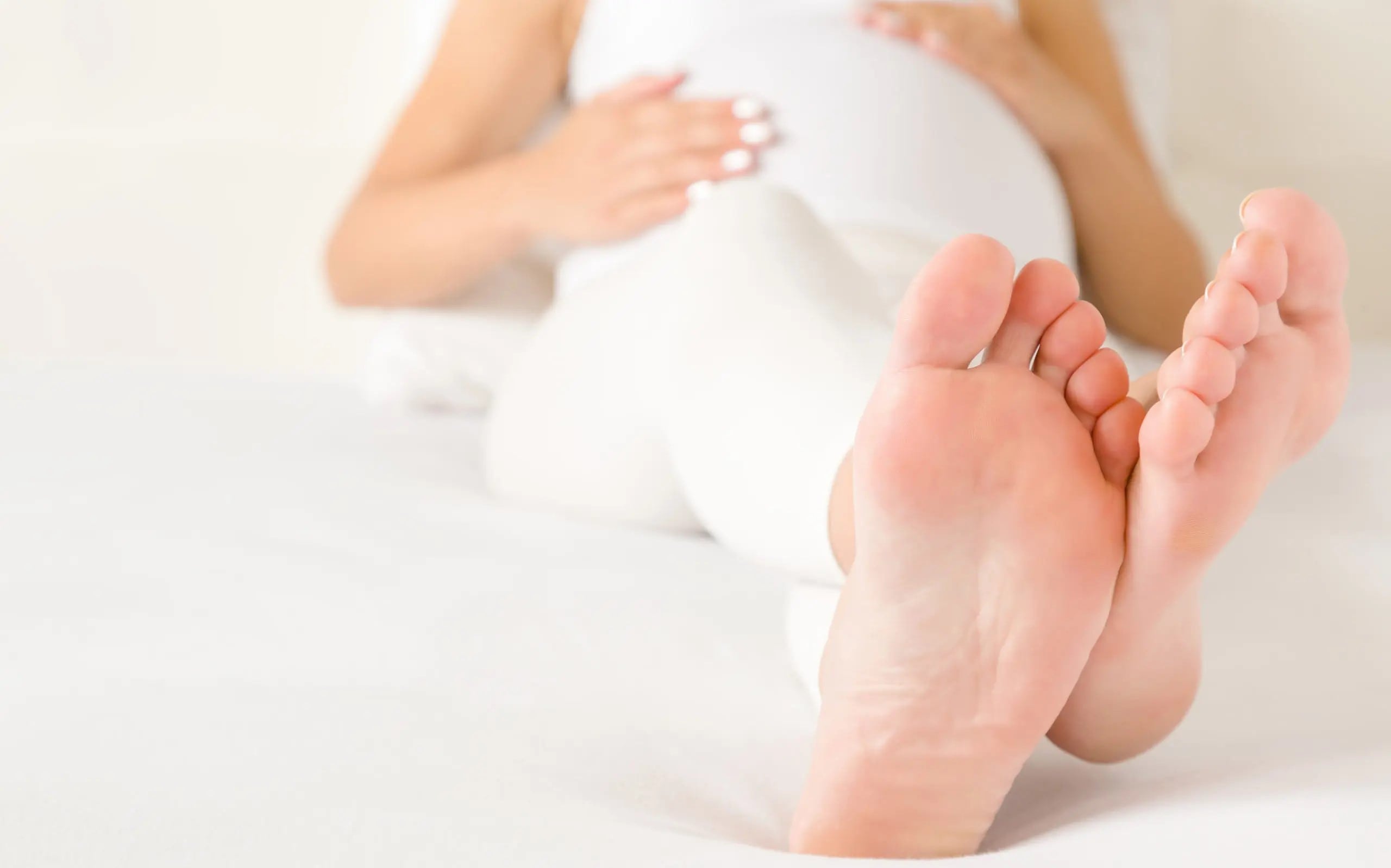
It was a worth reading article. I was in search of some tips related to pedicure in pregnancy got it here. Thanks
May I request more information on the subject? All of your articles are extremely useful to me. Thank you!
The articles you write help me a lot and I like the topic
Good write-up. I certainly appreciate this website. Keep it up!
Touche. Outstanding arguments. Keep up the great work.
Hello everyone, it’s my first pay a visit at this website, and paragraph is in fact fruitful in support of me, keep up posting these types of articles.
Its like you read my mind! You appear to know so much about this, like you wrote the book in it or something.
Very nice post. I just stumbled upon your weblog and wished to say that I’ve really enjoyed browsing your blog posts. After all I’ll be subscribing to your feed and I hope you write again soon!
Have you ever considered about including a little bit more than just your articles? I mean, what you say is fundamental and all. However imagine if you added some great images or video clips to give your posts more, “pop”! Your content is excellent but with images and clips,this website could undeniably be one of the best in its field.
Ahaa, its pleasant dialogue on the topic of this piece of writing here at this web site, I have read all that,so at this time me also commenting at this place.
I’m extremely impressed with your writing skills as well as with the layout on your weblog. Is this a paid theme or did you customize it yourself? Anyway keep up the excellent quality writing,it is rare to see a nice blog like this one today.
Hello there, You’ve done a great job. I will definitely digg it and personally recommend to my friends. I am confident they will be benefited from this website.
These are actually great ideas in about blogging. You have touched some pleasant things here. Any way keep up wrinting.
Sweet blog! I found it while searching on Yahoo News. Do you have any tips on how to get listed in Yahoo News?I’ve been trying for a while but I never seem to get there! Many thanks
I do agree with all of the concepts you’ve introducedon your post. They’re really convincing and will definitely work.Nonetheless, the posts are very brief for newbies.May just you please extend them a bit from subsequent time?Thanks for the post.
I feel this is one of the such a lot important information for me. And i’m satisfied reading your article. But should observation on some normal issues, The site style is perfect, the articles is actually nice :